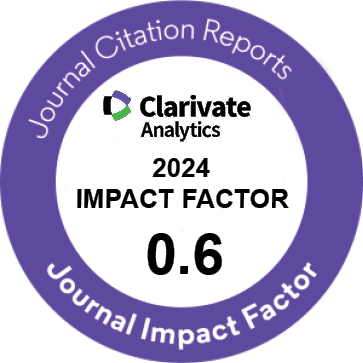| Review | |
| Dramatic Rise in Cesarean Birth in Iran: A Coalition of Private Medical Practices and Women?s Choices | |
| Zohreh Behjati Ardakani1, Mehrdad Navabakhsh2, Fahimeh Ranjbar3, Soraya Tremayne4, Mohammad Mehdi Akhondi5, Alireza Mohseni Tabrizi6 | |
| 1Department of Sociology, Central Tehran Branch, Islamic Azad University, Tehran, Iran 2Faculty of Humanistic and Social Sciences, Science and Research Branch, Islamic Azad University, Tehran, Iran 3Nursing Care Research Center, School of Nursing and Midwifery, Iran University of Medical Sciences, Tehran, Iran 4Fertility and Reproductive Studies Group (FRSG), Institute of Social and Cultural Anthropology, Oxford, UK 5Reproductive Biotechnology Research Center, Avicenna Research Institute, ACECR, Tehran, Iran. 6Department of Sociology, University of Tehran, Tehran, Iran |
|
|
IJWHR 2020; 8: 245-258 DOI: 10.15296/ijwhr.2020.41 Viewed : 4029 times Downloaded : 5376 times. Keywords : Cesarean section, Natural childbirth, Delivery, Medicalization, Iran |
|
| Full Text(PDF) | Related Articles | |
| Abstract | |
Objectives: Cesarean delivery without medical indication has regularly increased among Iranian women in the last three decades, and Iran has one of the highest rates of cesarean in the world. The present study aimed at reviewing the studies regarding the increase of cesarean in Iran and discussing the root causes for such an increase. Methods: This literature review focused on the existing quantitative and qualitative studies conducted from January 1990 to January 2019 regarding the reasons for an increase in the cesarean section in Iran. The combination of keywords including ?cesarean section?, ?C-section?, ?cesarean delivery?, and ?Iran? was searched in several databases such as MEDLINE/PubMed, Embase, ISI Web of Science and Scopus, along with national databases (e.g., SID, MagIran, Iran Medex, and IranDoc). Results: A dramatic rise in cesarean birth stems from a number of factors including the role of health care professionals, insurance companies, socio-cultural factors, and the health policies, all of which have their roots in the medicalization of birth. Conclusions: In general, reducing the cesarean on maternal request necessitates the de-medicalization of birth, cultural awareness through the mass media, informing women of the long-term complications of cesarean, and physical and mental preparation of the mother. In addition, other contributing factors include encouraging inter-professional teamwork and collaboration between midwives and obstetrician-gynecologists, transforming the current curriculum of the midwifery and residency education, applying the midwifery-led care models, and decreasing the fear of litigation in midwifery and obstetrics-gynecology. Otherwise, maternal and fetal mortality will rise in the near future due to increased complications in subsequent pregnancies. |
Cite By, Google Scholar
Google Scholar
PubMed
Online Submission System
 IJWHR ENDNOTE ® Style
IJWHR ENDNOTE ® Style
 Tutorials
Tutorials
 Publication Charge
Women's Reproductive Health Research Center
About Journal
Publication Charge
Women's Reproductive Health Research Center
About Journal
Aras Part Medical International Press Editor-in-Chief
Arash Khaki
Mertihan Kurdoglu Deputy Editor
Zafer Akan























